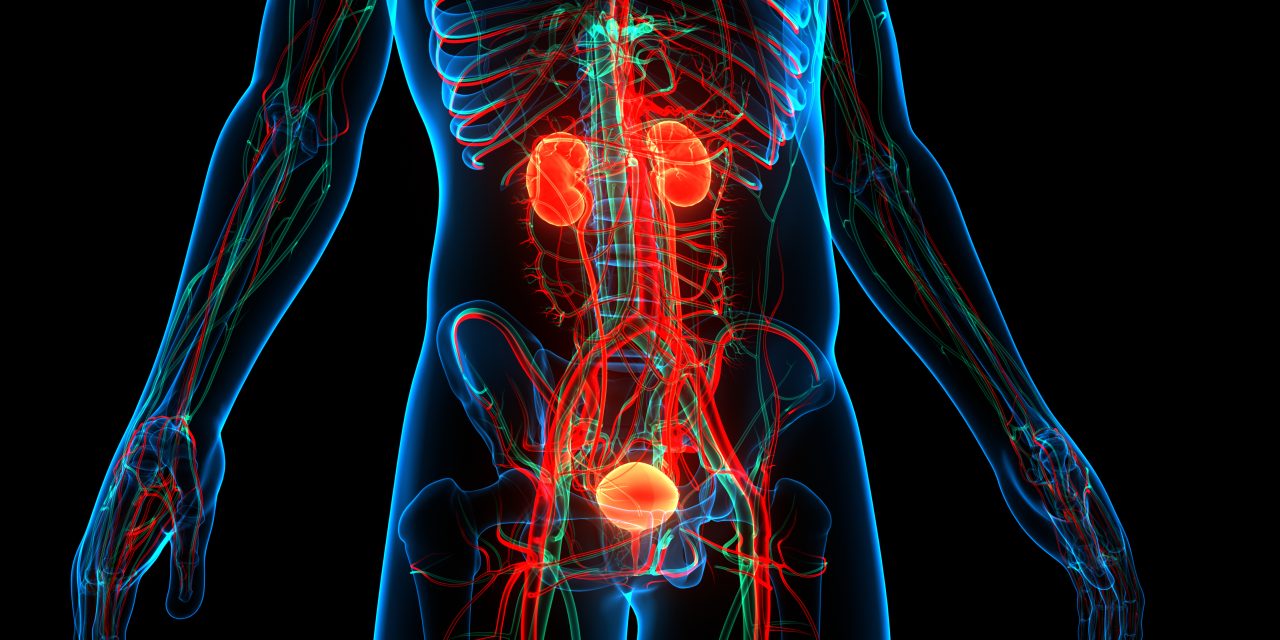To describe the current landscape of first and last female authorship in urology journals relative to the journals’ impact factor. We hypothesized that women would have a smaller proportion of publications in journals with higher impact factors.
Eighteen urology journals were divided into groups based on impact factor accordingly: from 33.2 to 6.2 were classified as high (European Urology, Nature Reviews Urology, The Journal of Urology, BJU International, Prostate Cancer and Prostatic Diseases, and The Journal of Sexual Medicine), from 5.8 to 5.0 as medium (Asian Journal of Andrology, European Urology Focus, Sexual Medicine Reviews, Bladder Cancer, Prostate and World Journal of Urology), and from 4.8 to 2.2 as low (Urologic Oncology, Journal of Endourology, Neurourology and Urodynamics, Urology, Journal of Pediatric Urology and Female Pelvic Medicine & Reconstructive Surgery). A computer script was designed using Python™ to search PubMed® and record first and last author of publications between 2015-2020. Gender was determined by Gender-Api (https://gender-api.com). Names with an accuracy of <90% were excluded. Type of peer-review and scope of each journal were also analyzed. Statistical analysis was performed using Matlab.
A total of 37,413 first and 28,414 last authors were identified during the study period. Overall, women represented 21% (8,029/37,413) of first and 15% (4,232/28,414) of last authors. Women were significantly less published in high impact journals compared to both medium and low impact journals (p<.001 in all). Among all journals, articles with female first authors were more likely to have a female last author (OR: 2.72, CI: 2.5-2.9, p<.001). Subspecialty journals had more female last authors than general journals (p<.05), and female representation increased if reviews were double-blinded (p<.001). Over the last 6 years, there has been a significant increase in female senior authorship among all journals (p=.045).
The proportion of female authorship was significantly lower in higher impact urology journals. While the underlying cause is likely multifactorial, this finding highlights a gender discrepancy that may impact women’s ability to achieve career goals in academic medicine when compared to their male counterparts.
Copyright © 2022. Published by Elsevier Inc.
Authorship Gender Composition in Urology Literature from 2015 through 2020.


